Learn how to cook smarter, not harder, with this beginner-friendly guide to mise en place. These simple ways to organize your ingredients and tools before you start cooking so you can save time, reduce stress, and enjoy a smoother kitchen flow.
Table of Contents
Jump to:
- "Everything In Its Place"
- Why Mise en Place Saves You Time and Stress?
- What to Prep Ahead of Time?
- Cookware & Setup
- How to Build a Prep Station
- Easy Habits to Start Today
- How to Use It for Meal Prep
- Helpful Tools to Use
- 5 Common Pitfalls and How to Fix Them
- Frequently Asked Questions
- Cooking Tips and Tutorials
- Have a Comment or Question?
"Everything In Its Place"
Ever feel like you're running a one-person kitchen relay just to get dinner on the table? That's where mise en place comes in as a chef's secret weapon that keeps prep streamlined, mistakes minimal, and cleanup manageable.

In French, mise en place means "everything in its place." In real life, it means having your onions chopped, spices measured, and tools ready before the heat turns on. I used this method daily in hotel and resort kitchens, and it's still how I prep meals today in my home kitchen.
If you're making one dish or prepping for the week, this guide will show you how to build your own home-friendly mise en place system that actually saves time (and stress).
Why Mise en Place Saves You Time and Stress?
Cooking feels chaotic when you're chopping onions with one hand and rummaging for garlic with the other. Mise en place puts everything where you need it before you even turn on the heat, so you're not scrambling mid-recipe.
This one shift in prep habits helps you:
- Avoid forgotten steps or missing ingredients
- Work more efficiently without stopping and starting
- Prevent kitchen messes from snowballing
- Reduce stress when juggling multitasking moments
- Enjoy the process, especially when cooking with kids or preparing meals for guests
From simple weeknight dinners to big batch prep days, having your ingredients organized makes everything flow more smoothly.

How do you pronounce mise en place? It's pronounced meez ahn plahs (rhymes with "please on floss"), and don't worry, you don't need a French accent to use it like a chef.
What to Prep Ahead of Time?
Mise en place isn't about over-prepping, it's about prepping with intention. The goal is to make everything you need for cooking accessible and ready to use, so you can focus on technique and timing instead of scrambling for a missing ingredient. Here's what to gather and prepare before you start cooking:
Ingredients
- Wash, peel, trim, chop, slice, or mince your produce.
- Measure out spices, sauces, and pantry staples into small bowls or containers.
- Marinate proteins or portion them ahead of time.
- Winter Seasonal Produce Guide: What's In Season
- How to Marinate Chicken: Tips, Quick Methods & Flavorful Shortcuts
- Cooking Tips for Searing Chicken
- How to Cut Chicken: Large Chunks vs Small Dice
Tools & Equipment
- Pull out everything you'll need: knives, spatulas, pans, mixing bowls, and towels.
- Plug in any appliances like an electric kettle or food processor.
- Place frequently used tools (like a bench scraper or measuring spoons) within arm's reach.

Check out these suggested finds at Best Kitchen Essentials | Chef-Tested Picks You'll Actually Use.
Cookware & Setup
- Preheat ovens, pans, or grills if the recipe calls for it.
- Lay out a prep tray or sheet pan to keep ingredients grouped together by step.
- Set up a trash bowl or hanging bin to keep your station clean and efficient.
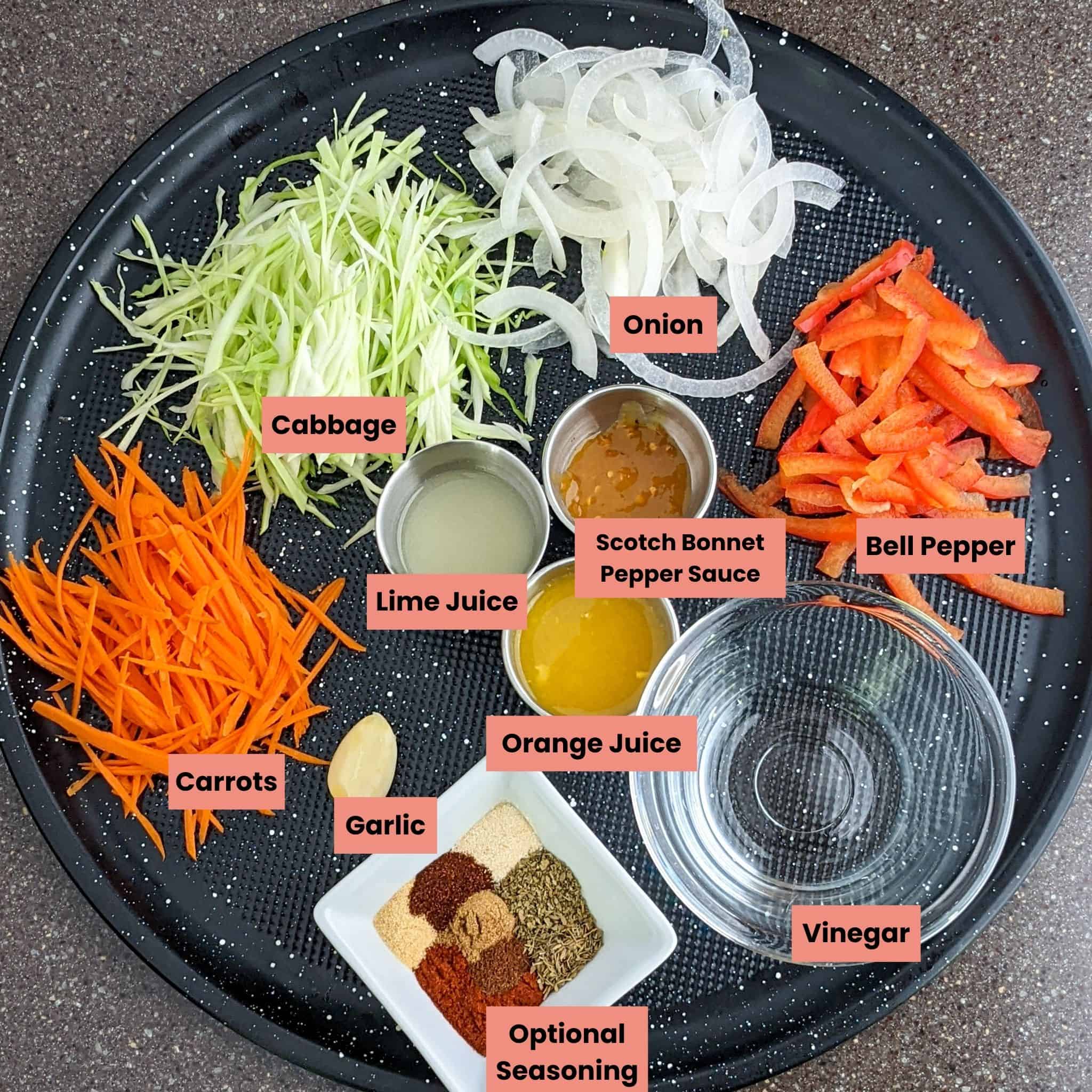
Mise en place doesn't have to be picture-perfect; it just needs to be functional. Even one or two minutes of prep before you cook can make a huge difference in how smoothly everything comes together.
How to Build a Prep Station
You don't need a professional kitchen to create an efficient mise en place setup. All it takes is a little space, a flat surface, and a simple system for grouping ingredients and tools.
- Start by placing a cutting board on your workspace.
- Use a sheet pan, large plate, or shallow tray to organize prepped ingredients.
- Group them by when they'll be used in the recipe.
- For example, aromatics like garlic, onions, and herbs can go together in one corner, while sauces or garnishes sit off to the side.
If you're prepping multiple recipes at once, keep separate prep areas or label containers with painter's tape to avoid confusion. This step is especially helpful if you're batch cooking or preparing for the week ahead. (Just like what I do when developing recipes.)

Remember: The goal is to limit movement during cooking. When everything is in its place, you won't have to leave the stove to dig through the fridge or spice cabinet.
Easy Habits to Start Today
You don't have to overhaul your entire kitchen routine to benefit from mise en place. Start small with these everyday habits that make cooking feel less rushed and more enjoyable.
- Scan: Read the recipe from beginning to end before turning on the stove. This helps you catch surprise steps like marinating or resting.
- Reduce Trips: Pull all your ingredients out first. Set them on the counter or a sheet pan so you're not reaching into cabinets mid-recipe.
- Manage Time: Prep what takes the longest first. Chop the onions or start soaking grains while you get other things ready.
- Keep Clean: Use a scrap bowl or hanging trash can to keep your station clean and reduce back-and-forth trips to the bin.
- Organize: Group tools and ingredients by step. This makes transitions smoother and helps you stay focused while cooking.

Thank me later! Even just one or two of these habits can cut down on prep time and cleanup while giving you more control in the kitchen.
How to Use It for Meal Prep
Mise en place isn't just for cooking a single recipe. It's a powerful strategy for prepping ingredients that can be used across multiple meals throughout the week.
Instead of preparing one dish from start to finish, try organizing your prep by ingredient categories or cooking steps. For example:
- Dice a large batch of onions, mince garlic, and slice bell peppers.
- Cook a pot of rice, quinoa, or lentils.
- Wash and dry leafy greens, then store them in airtight containers with a paper towel.
- Roast or sauté vegetables in bulk to use in bowls, wraps, and soups.
- Marinate proteins ahead of time so they're ready to cook when needed.

This is my favorite part of cooking. These are the techniques you shouldn't avoid, hone them and use them to your advantage. A couple of hours spent on prep one day can save you plenty of time and energy the rest of the week. Psst.. great for saving on grocery shopping too.
Think of it as building a toolkit for the week. When it's time to make dinner, you'll already have most of the work done. This approach also helps reduce food waste, since you're more likely to use up ingredients that are already prepped and ready to go.
Helpful Tools to Use
You don't need fancy gear to master mise en place, but a few reliable tools can make the process faster, cleaner, and more efficient. These are some of my go-to items that I keep within reach every week:
- Bench scraper: Makes it easy to transfer chopped ingredients from board to pan without spilling.
- Deli containers or glass prep bowls: Perfect for portioning spices, sauces, and chopped vegetables.
- Sheet pans or large trays: Use them to group ingredients by recipe or cooking step
- Sharp knives and cutting boards: You'll prep faster and more safely with the right edge and a stable surface.
- Dry erase tape or masking tape: Label everything, especially if you're batch prepping for multiple meals.
- Kitchen towel or hanging trash bin: Keeps your space tidy and limits time spent walking to the trash.
- Food processor or mandoline slicer: Optional, but they save a lot of time when prepping larger batches.

Choose the tools that fit your kitchen setup and cooking style. The goal is to reduce friction so prep becomes second nature. Find these and more at the Best Kitchen Essentials | Chef-Tested Picks You'll Actually Use post.
5 Common Pitfalls and How to Fix Them
Cook's Notebook is your Cooking Tips Resource Guide. Become a better home cook with tips to help you cook more efficiently. Even with the best intentions, it's easy to stumble when starting a mise en place routine. These are a few common issues home cooks face and simple ways to avoid them.
- Trying to prep everything at once. You don't need to chop every ingredient for the week on day one. Focus on what you'll use in the next couple of days and build from there.
- Using too many prep bowls. You don't have to portion every spice into its own dish. Group ingredients that go in at the same time to cut down on dishes.
- Skipping labeling. When storing prepped ingredients, especially for multiple recipes, label containers with the name and date. A little tape and a marker go a long way.
- Ignoring expiration dates. Check freshness before prepping, there's no point in chopping produce that's already past its peak.
- Forgetting to adjust based on recipe flow. Sometimes recipes move quickly. Be sure to group ingredients together in the order they'll be used so you're not reading ahead in a panic.

Remember: Mise en place is meant to simplify your time in the kitchen, not complicate it. The more you practice, the more natural it becomes.
Recommended Reads
- Prep Smarter: Knives, Boards, and Cutting Tools I Use Every
- Family Meal Prep Routines for Busy Weeknights
- 10 Essential Time-Saving Kitchen Tools Every Home Cook Needs
- Upgrade or Skip? How to Know When a Kitchen Tool Is Worth It
- What Not to Buy: 7 Common Mistakes People Make
Frequently Asked Questions
Here, you will find a list of common questions that I have answered. If you have questions, please write them in the comment section below.
Mise en place is a French term meaning "everything in its place." In cooking, it refers to the practice of prepping and organizing ingredients and tools before you begin cooking.
No. Focus on the items that take the most time, like washing produce, chopping vegetables, or marinating proteins. Start small and build the habit from there.
Not at all. Home cooks can benefit just as much, maybe more, since it reduces stress and helps you cook with confidence, especially on busy weeknights.
Use airtight containers and label them with the prep date. Store herbs with a damp paper towel or use deli cups for small portions.
Yes. It's one of the most effective ways to streamline meal prep. A single prep session can set you up with ingredients for multiple meals throughout the week.
Cooking Tips and Tutorials
- What Is HACCP and Why Every Home Cook Should Care About It
- Holiday Kitchen Safety Tips: How to Cook, Serve, and Store
- What is Salmonella? For Home Cooks | Causes and Tips
- How to Cut Up a Whole Chicken | Step-by-Step Guide
Subscribe to the YouTube Channel
SUBSCRIBE: 👈To my YouTube Channel to Get Notifications of New Videos.


Chef Maika Frederic
Chef and Educator
Haitian-American chef and educator Maika Frederic blends bold flavors with approachable recipes. With a background in both professional kitchens, classrooms, and children therapy as a trained chef, former teacher and technician she brings a thoughtful, inclusive touch to every dish. Through her platform, Just Maika Cooking, she shares diverse meals and practical tips to empower home cooks of all ages and levels.
Have a Comment or Question?
If you have a question or comment about this post, please post it below. You will definitely get a quick response. It also helps our other readers to stay informed. Thanks!



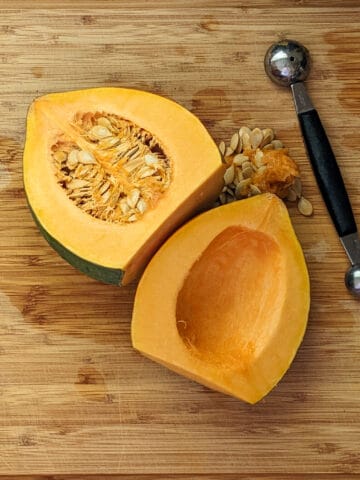
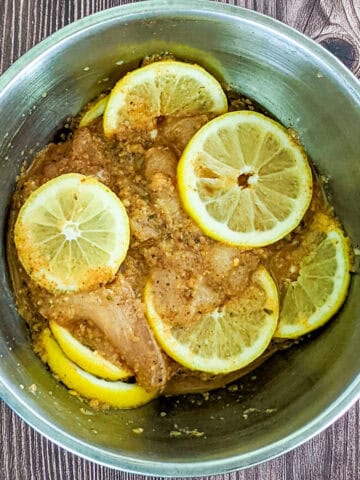
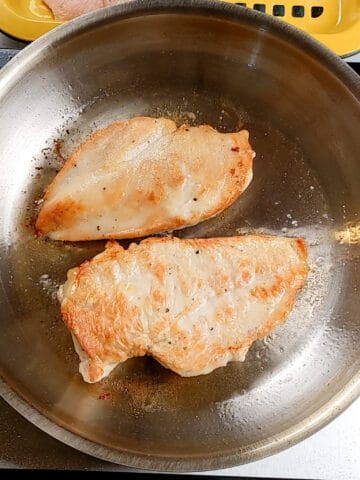
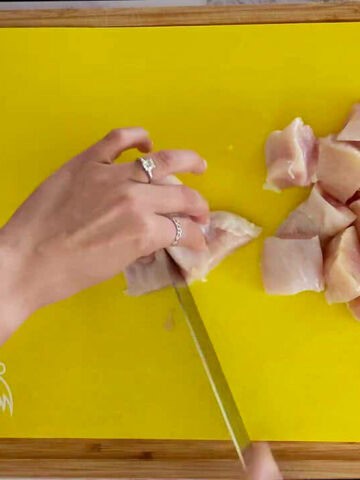
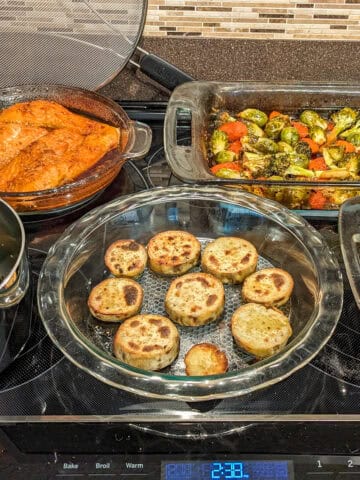
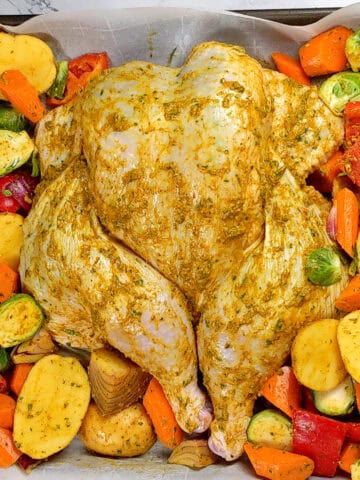
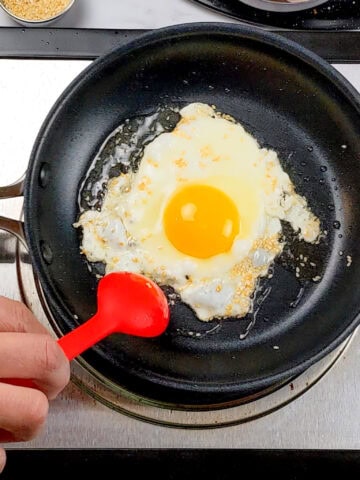
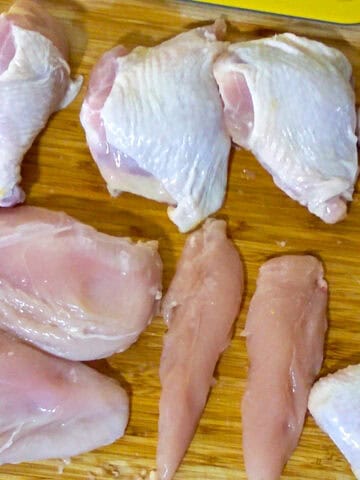
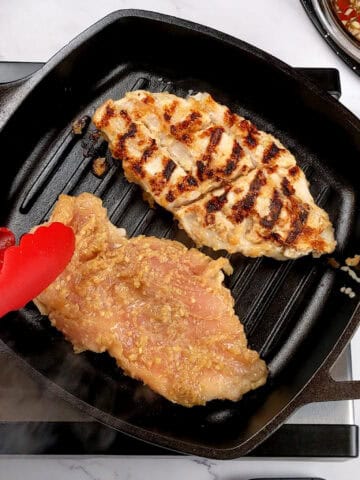
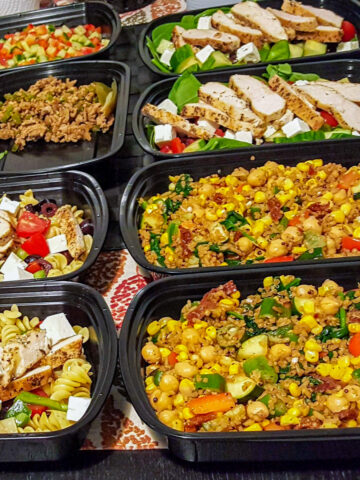
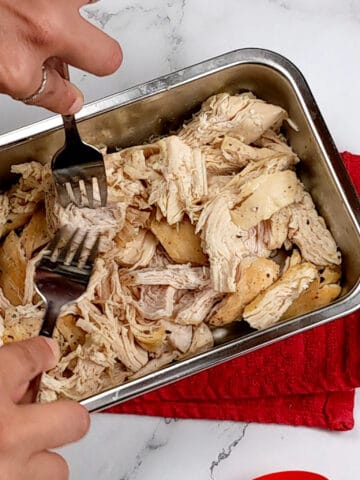
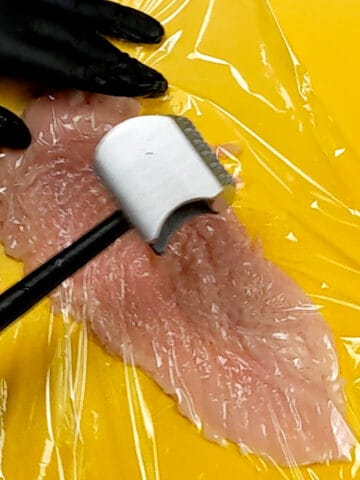
Leave a Reply